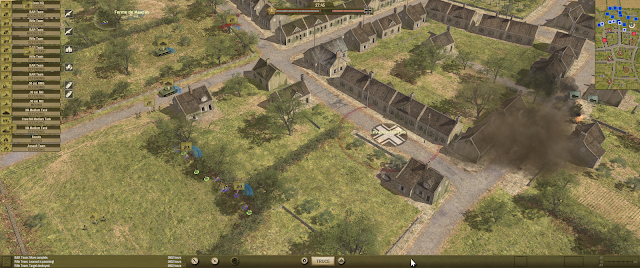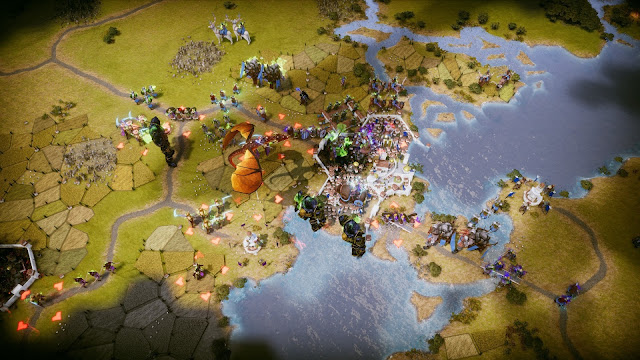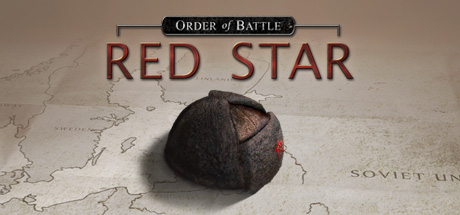- 19 new factions
- 55 new units
- 76 new army lists
- 6 new Epic Battles
- 74 new Quick Battles
- Expanded Custom Battles module.
- Expanded Sandbox Campaign module.
- 6 new historically-based campaigns.
- New Allies feature added in accompanying game update.

You can get the full list of factions and armies from the product page, but I'll list off a few that might get your attention. The Vikings are most definitely here, and I played a few battles with them. Huscarls and Berserkers give them quite an offensive punch, though their other infantry are a bit rubbish. Also, don't expect too much cavalry support. Some of the battles I played in this era were purely melee infantry affairs, with not an archer or mounted warrior in sight. This was quite different from the last DLC I played, Age of Belisarius, which featured the exact opposite, with mounted archers dominating the battlefield. There are many other armies representing northern Europe on hand as well. The Franks, Anglo-Saxons, Lombards, Scots, Irish, British, Visigoths and more have all come to play. There is also plenty of new content here for the east, with the Byzantine and Arab rosters being filled out with multiple armies. Going even further east, some Indian factions are represented and featured in a full campaign. Here's the full list of new campaigns so you can see some of the major historical figures who fit into this era:
Arab Conquest
Basil II (Byzantine Resurgence)
Charlemagne
Mahmud of Ghazni
Wolves from the Sea 1(Viking Age from Viking point of view)
Wolves from the Sea 2(Viking Age from enemy point of view)
I tried a sampling of the campaigns and found them all to offer some different flavors of combat. If you have played any of the previous campaigns in Field of Glory II, these work the same way. You go from battle to battle with some small choices in between that change the scenarios a bit. There is also, as always, a sandbox campaign mode that plays similarly but lets you take your nation of choice and go up against a variety of historical enemies in randomly generated battles.

One new feature that was patched into the game alongside this DLC is the "Allies" feature. This lets you mix in units of historical allies with a given army roster in custom battles. This means even more variety as you can spice up your favorite faction or army with some new units. If you like ancients warfare games, this is really a one stop shop. I can only assume, based on Field of Glory I, that there is plenty more DLC coming that will add more and more factions to the game. Just about any match-up you can imagine is either in the game already or will be before long.
I thought I'd end the review with a little recap of how the Battle of Clontarf went for me. This is one of the epic battles included, and one that I had never heard of before. The battle featured a mix of Vikings and Irishmen fighting for control of the Emerald Isle. It was an infantry only battle, which was actually tactically interesting, as my standard strategies involving archers and cavalry were not options at all.
The battle lines are drawn up. A roughly equal number of infantry on each side are facing off across mostly flat ground. I'll need to look for any advantage that could give me some leverage.
I'm commanding the forces of Brian Boru, the man credited with breaking the hold of the Vikings over Ireland by decisively winning this battle. Hopefully I can match up to my historical counter-part!
The fighting begins, but both sides have a large reserve of infantry not yet committed to the line. I try to position my men to take advantage of a couple of dips in the terrain. Units fighting uphill will always have a harder time of it.
Now the fighting is raging in earnest, units begin to waver and break all down the line. On my left flank I see an opportunity. A morale check cascade causes multiple enemy units to waver, and I have several strong infantry units on the far edge of the line. If I can hit the enemy just a couple more times they should go from bending to breaking.
Success! The enemy's right flank flees the field and my strongest units are positioned to roll up the line. Although my center and right flank wavers off-camera, my forces manage to hold. Catching the entire enemy line in the flank as I'm about to do above is essentially game over. With no strong enemy reserve on hand to blunt my advance, my forces hack their way down the line, routing the enemy units one after another. The Vikings are driven from Ireland!
Field of Glory II continues to entertain me even after a couple of years of playing off and on. I really wanted to enjoy the fist game in the series, but could never quite get into it. The sequel however gets me hooked every time I fire it up. I always want to take just one more turn, and see if this time I can finally crack the enemy line, or find out whether my flank can hold long enough for my overall strategy to come together. Wolves at the Gate doesn't fundamentally change anything about the game, but it does offer a new series of campaigns and scenarios to play around with. This game really is a massive sandbox, and more toys always makes the sandbox more fun!
- Joe Beard




























































Follow Us